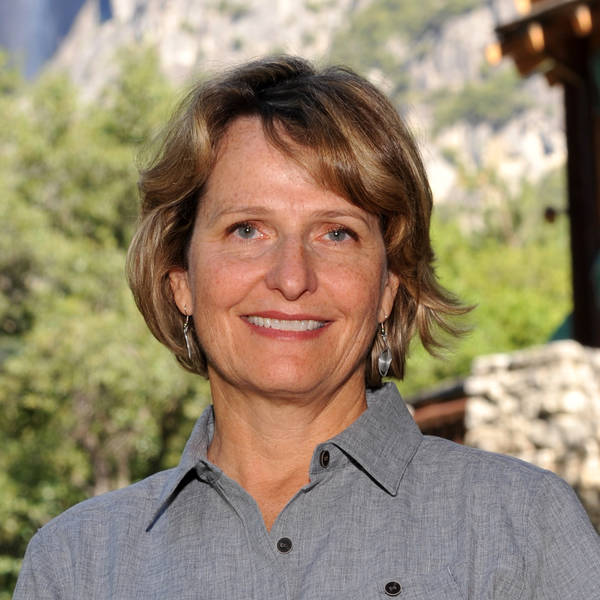Lady Liberty's promise of refuge and hope must remain a promise made to all.
The final page of the Summer 2019 issue of NPCA’s National Parks magazine features a photograph of the sculptor Frederic-Auguste Bartholdi in his studio in the 1880s, working on the Statue of Liberty — a statue that is now part of our National Park System and preserved as one of our country’s most revered historic sites. I was struck by the scale of this historic photo’s subject; Bartholdi and his companions are dwarfed by the statue’s left hand, which today holds a massive tablet bearing this inscription: JULY IV MDCCLXXVI.
This of course, signifies the date of the Declaration of Independence, in which the founders of our new nation stated:
“We hold these truths to be self-evident, that all men are created equal, that they are endowed by their Creator with certain unalienable Rights, that among these are Life, Liberty and the pursuit of Happiness.”
I wouldn’t change a word. What that passage expresses is perfect — even if our nation has at times struggled to live up to those ideals.
Nor would I change a word of “The New Colossus,” the poem by Emma Lazarus first inscribed on a plaque on the Statue of Liberty’s pedestal in 1903. This sonnet, which enshrined Lady Liberty as the Mother of Exiles, famously expresses what she cries with silent lips:
“Give me your tired, your poor,
Your huddled masses yearning to breathe free,
The wretched refuse of your teeming shore…”
From the beacon of freedom, it is the promise of refuge without qualification.
Yet, there’s been a lot of discussion this week about those words, including the suggestion that the author discounted in her poem those who would need help to succeed in their new country.
I couldn’t disagree more. At NPCA, we believe that our nation’s diversity is fundamental to our nation’s strength, and we will continue to speak up and speak out for the many sites in the National Park System that preserve and interpret the immigrant experience — from the arrivals at Ellis Island to the mill workers of Lowell to the railroad laborers at Golden Spike. We have long worked to create and protect national park sites that tell a more complete American story — and we believe that work will only become more important as we embark on our second century as an organization.
We also believe that this work has the power to help unite and heal our nation at a time when we feel as divided as we’ve ever been.
Just last week, on August 8, Harriet Tubman National Historical Park in Maryland hosted its first naturalization ceremony as part of an ongoing partnership between the Park Service and U.S. Citizenship and Immigration Services. Twenty-six new American citizens from 17 countries stood and took the Oath of Allegiance before a crowd of more than 160 witnesses — including the great-great grandniece of Harriet Tubman herself.
Stories like this are the reason we feel it is important to welcome people into our country, and the reason we will continue to fight to uphold the ideals enshrined by our national parks.
Update: June 18, 2020 This version replaces a reference to Manzanar National Historic Site with a reference to Golden Spike National Historical Park, which preserves the story of the Transcontinental Railroad and the many thousands of workers — including more than 11,000 Chinese laborers — who built it.
About the author
-
 Theresa Pierno President and CEO
Theresa Pierno President and CEOTheresa Pierno is President and CEO of the National Parks Conservation Association. She joined NPCA in 2004 after a distinguished career in public service and natural resource protection, and has helped to solidify the organization's role as the voice of America's national parks.